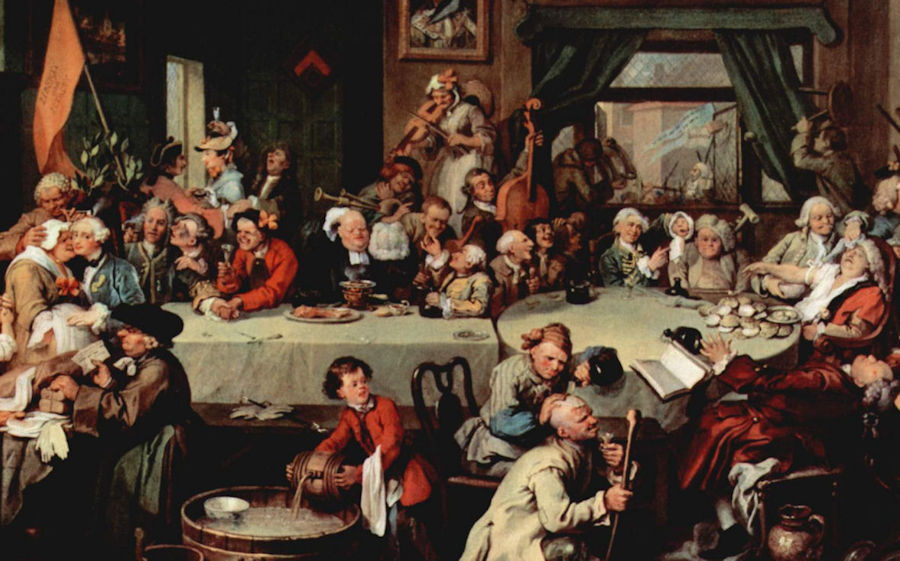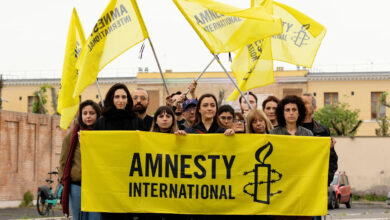
Podcast: Play in new window | Download
Two hundred and sixty-two years ago, a very strange thing happened. Everyone in Britain and her North American colonies became part Rip Van Winkle, in that they lost eleven days. People went to bed on 2 September and awoke to find that it was 14 September 1752. So where did those days go? And, perhaps more importantly, why?
The Gregorian calendar is the one we would be most familiar with today, the one with 28 days in February and 31 in the back-to-back months of July and August. It’s also called the Christian calendar and the Western calendar. It was devised in Italy and thus was introduced and implemented in 1582 by Pope Gregory XIII for whom the calendar is named. He utilized a papal bull to turn this calendar into the standard, but only for the church and the Papal States. The first countries to adopt the new calendar were Spain, Portugal, the Polish-Lithuanian Commonwealth and most of Italy. They implemented the new calendar on the date specified in the papal bull, on Thursday 4 October 1582, which was followed by Friday 15 October 1582. All other nations had to decide for themselves what they would choose to do.
The creator of the calendar was Luigi Lilio, a philosopher, doctor, and most importantly astronomer. He died in 1576 and so never got to see his important creation put to use. His reforms of the calculation of the leap year and placing the date of Easter on the calendar based on moon phases solved a number of issues.
The new calendar was introduced as an attempt to correct the timing issues with the Julian calendar that had been used since the first century B.C. The old calendar was off by eleven minutes every year when compared to the solar cycles, so it did not take long before the calendar and the Earth’s seasons were completely off cycle. The new calendar was only out of synch by 26 seconds a year – vastly different and more easily corrected.
This matter came to the attention of the pope because Easter was becoming increasingly off from the spring equinox, the date when it had been celebrated for ages ever since the First Council of Nicaea had set the date in 325 A.D. Gregory implemented the new calendar to adjust for the calendar differences, but to make the calendar be more accurate at the moment it took effect it was necessary to lose a certain number of days. Over time, those 11 minutes every year had turned into days.
Every nation had to lose some days when they made the switch, usually no more than 13. Interestingly, the longer a nation waited to convert, the more days it had to lose, which makes sense due to the length of time that the old Julian calendar lost.
To try to adjust for the slight deviations that happen every year, there is a leap year built into the Gregorian calendar. Every four years, unless it is in a year divisible by 100, a leap day is added to February. To keep from getting too far off the other direction, Lilio added a leap day back if the year could be divided evenly by 400.
The new calendar kept the days much more in line with the equinox, so farmers could have consistently reliable days for their farming practices. Easter had defined ways to determine when it would fall every year, which pleased the church no end.
Since it was implemented by Pope Gregory, there were several powerful Protestants who were resistant to the change of calendar due to fears it was a political power grab by the Vatican to squelch the Protestants. This theory was not helped by the fact that predominantly, Catholic nations were the first to adopt the new calendar, including aforementioned Italy, Poland, Portugal, and Spain as well as France. The Orthodox churches of Europe were also reluctant to make the switch.
It took nearly 30 years for the Germans to fully adopt the new plan, and over 140 years more for the British Parliament to vote to implement the Gregorian calendar and get in line with the other countries in Europe. Germany implemented the calendar in phases, with Catholic areas adopting it first, then the Protestant areas making the conversion several years later.
When the Scandinavian nations of Finland and Sweden adopted the new calendar in 1712, they had to add a second leap day in order to make everything match. For that year only, February had 30 days.
There are rumours that the change made British citizens take to the streets in protest. However, most official documents state that the protests were quite mild, and not that significant in size. Perhaps the legend of the riots came from a William Hogarth painting titled, “Give Us Our Eleven Days” (see above) which depicted a rather chaotic scene.
Britain was by far not the last nation to change to the new calendar. Japan converted in 1872, China in 1911, and it took Turkey until 1927 to make the switch. Now we consider this calendar to be the standard, and rare is the nation that does not yet use the Gregorian calendar.
Religious holidays and political pressures – who would ever think that a simple calendar would have such weighty significance?
Podcast: Play in new window | Download





